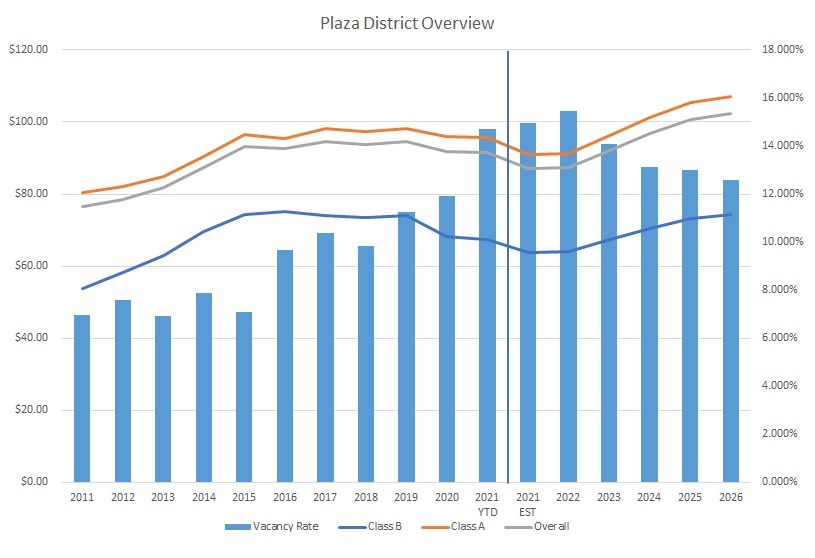As we realistically plan for a post-Covid working environment, the NYC office landscape is more complex than any headlines can portray, materially different than any projections from experts, and markedly different than than this time last year. Throughout the last year, the sentiment has been that companies will embrace a strong work from home (WFH) culture in the years to come, drastically decreasing their office footprint and moving employees to a rotating office schedule.
But as we enter 2Q2021, companies are calling their employees back to the office over the next few months to stress in person collaboration, facilitate a company culture, and to make up for a distanced workforce over the past year.  What does that look like? For many companies, this will be a staggered return to the office throughout the next quarter, including Google, JP Morgan, Uber, Microsoft, Amazon, New York City Municipal employees, Wells Fargo, and culminating in a majority or all of the workforce back in the office at Labor Day. For younger tech and media companies, the demand for flexible terms has been reflected in shorter term subleases, sophisticated co-working space, and in office shares with established companies as they assess productivity and growth over the next 12-18 months.
What does that look like? For many companies, this will be a staggered return to the office throughout the next quarter, including Google, JP Morgan, Uber, Microsoft, Amazon, New York City Municipal employees, Wells Fargo, and culminating in a majority or all of the workforce back in the office at Labor Day. For younger tech and media companies, the demand for flexible terms has been reflected in shorter term subleases, sophisticated co-working space, and in office shares with established companies as they assess productivity and growth over the next 12-18 months.
In New York City, we can see this reflected mostly in the Plaza District and in Grand Central neighborhood- commute hubs that draw business and financial service companies.

A quick review of the market shows that there is a reported 17.5% office vacancy in Manhattan at the end of 1Q2021. Normally, office vacancy holds at about 8%.
Much of this increase comes from former co-working space companies including WeWork, Knotel, and Breather, which have released an estimated 5 million square feet of space back on the market in the last 12 months – space that is fully furnished, wired, built and which ownerships have now reclaimed and can be leased out at lower rents than their former co-working provider.
As we consider what a return to the office looks like, companies should get ahead of the curve by evaluating their space needs and consider the time needed to find, negotiate, build, and move into their new workspace. To prepare for a Labor Day or early Q3 return to the office, please consider the following timeline to lease space.
